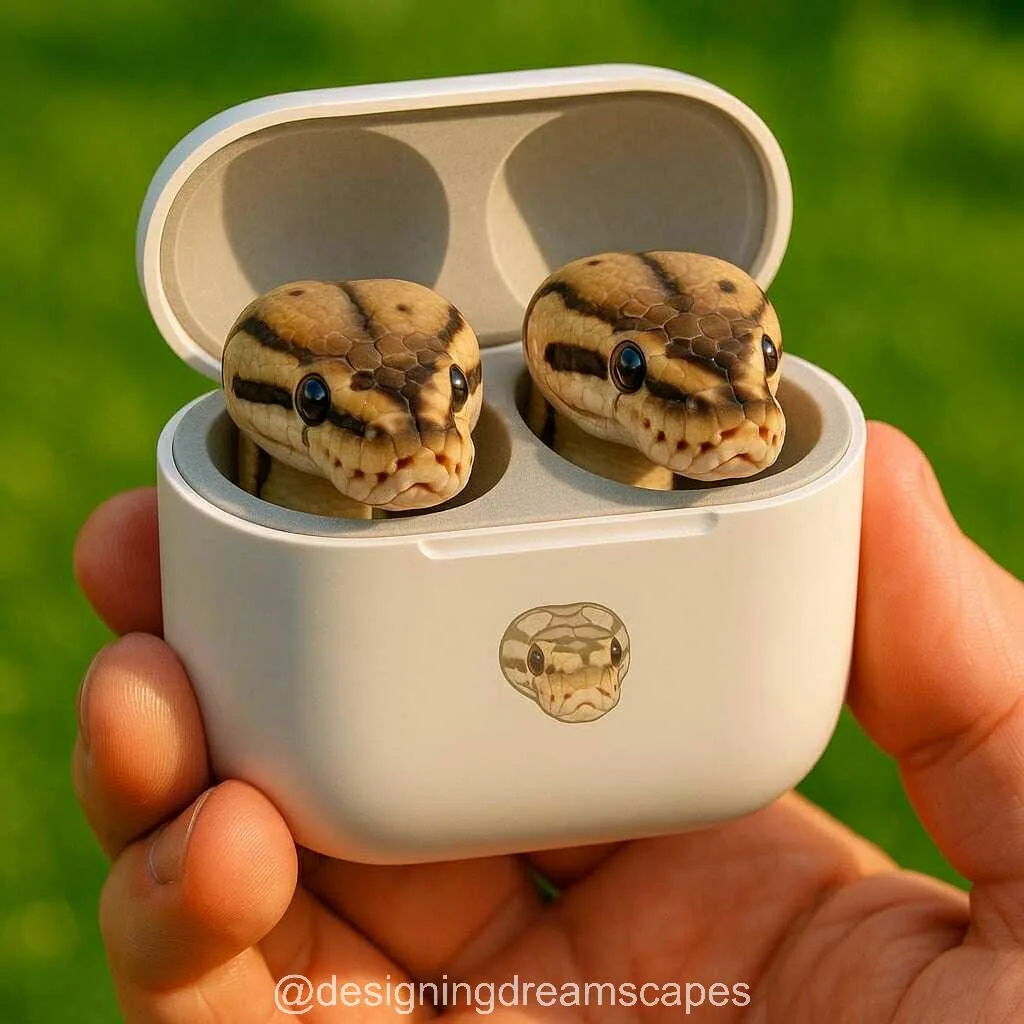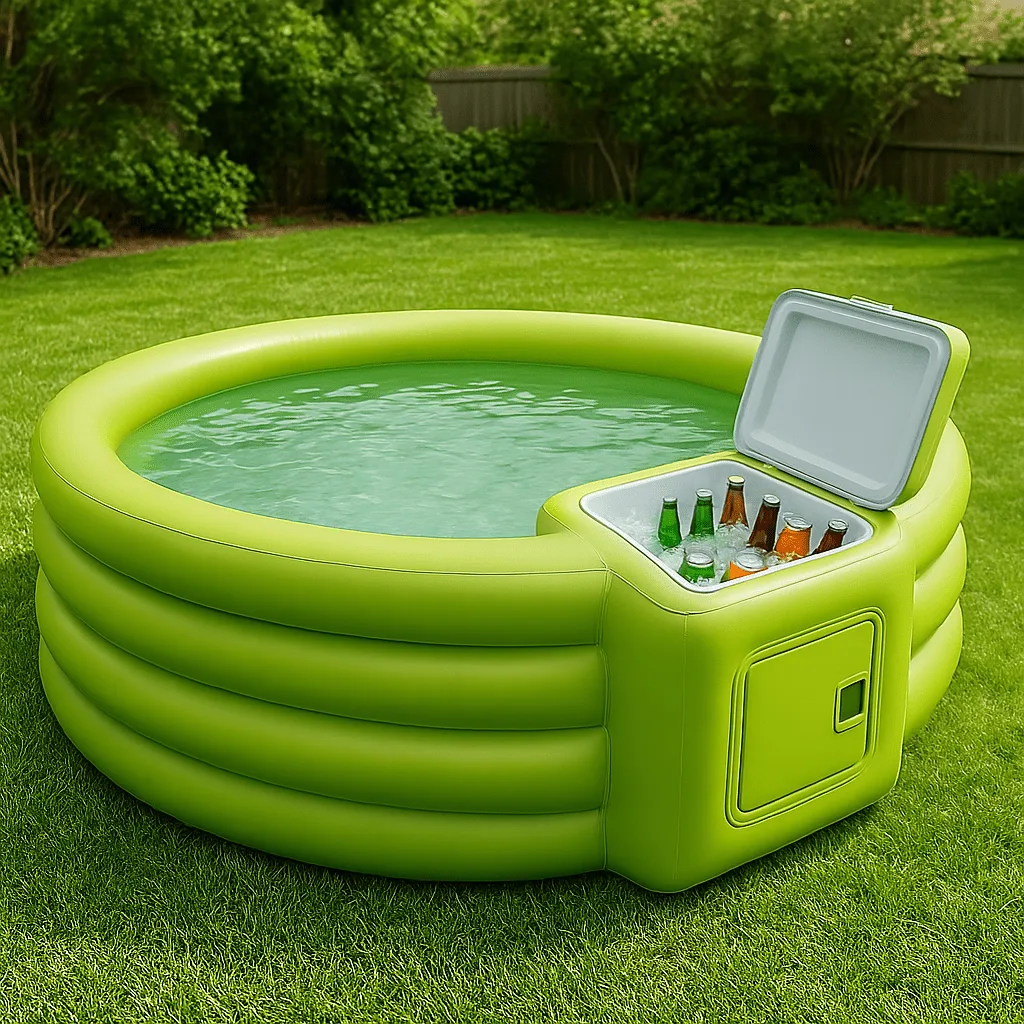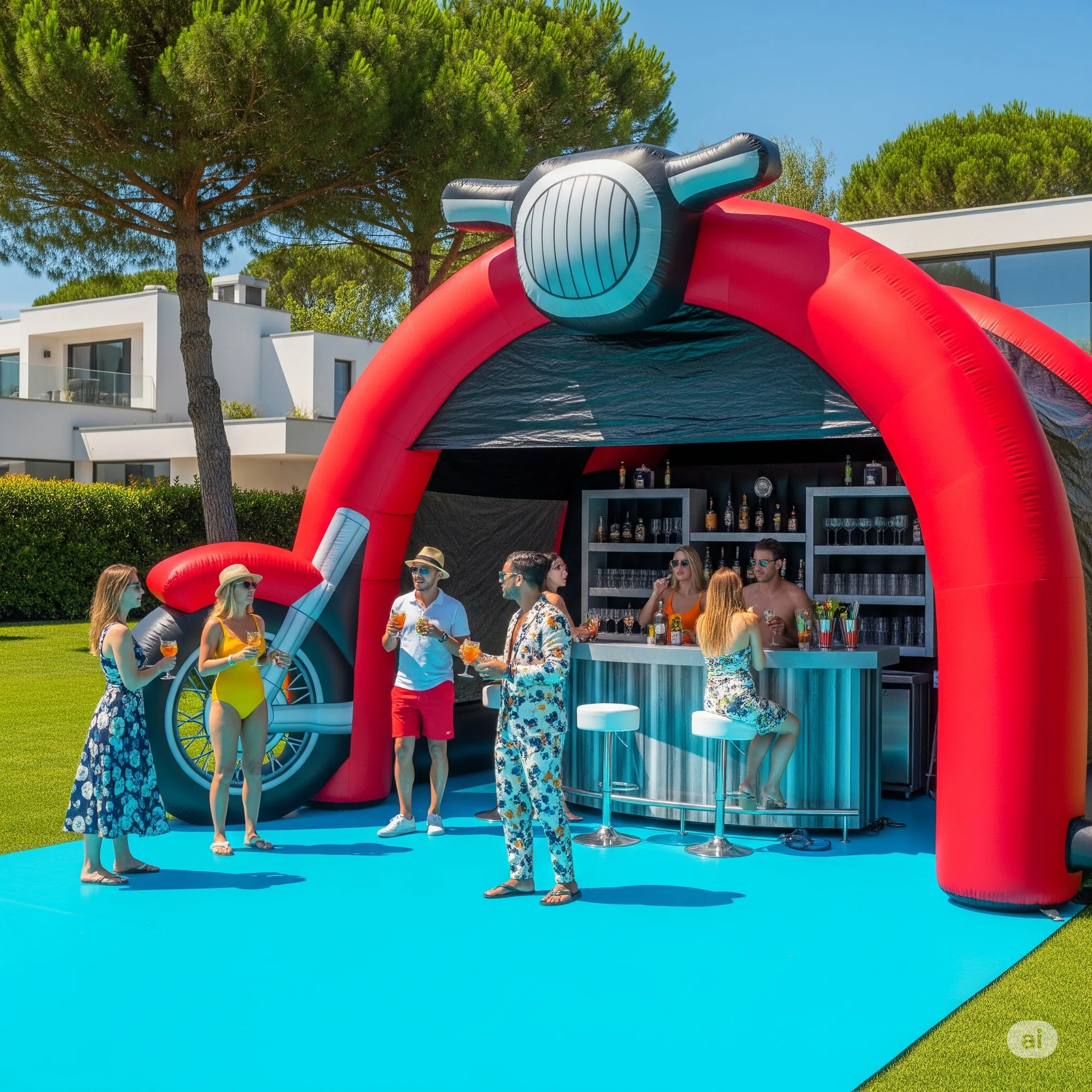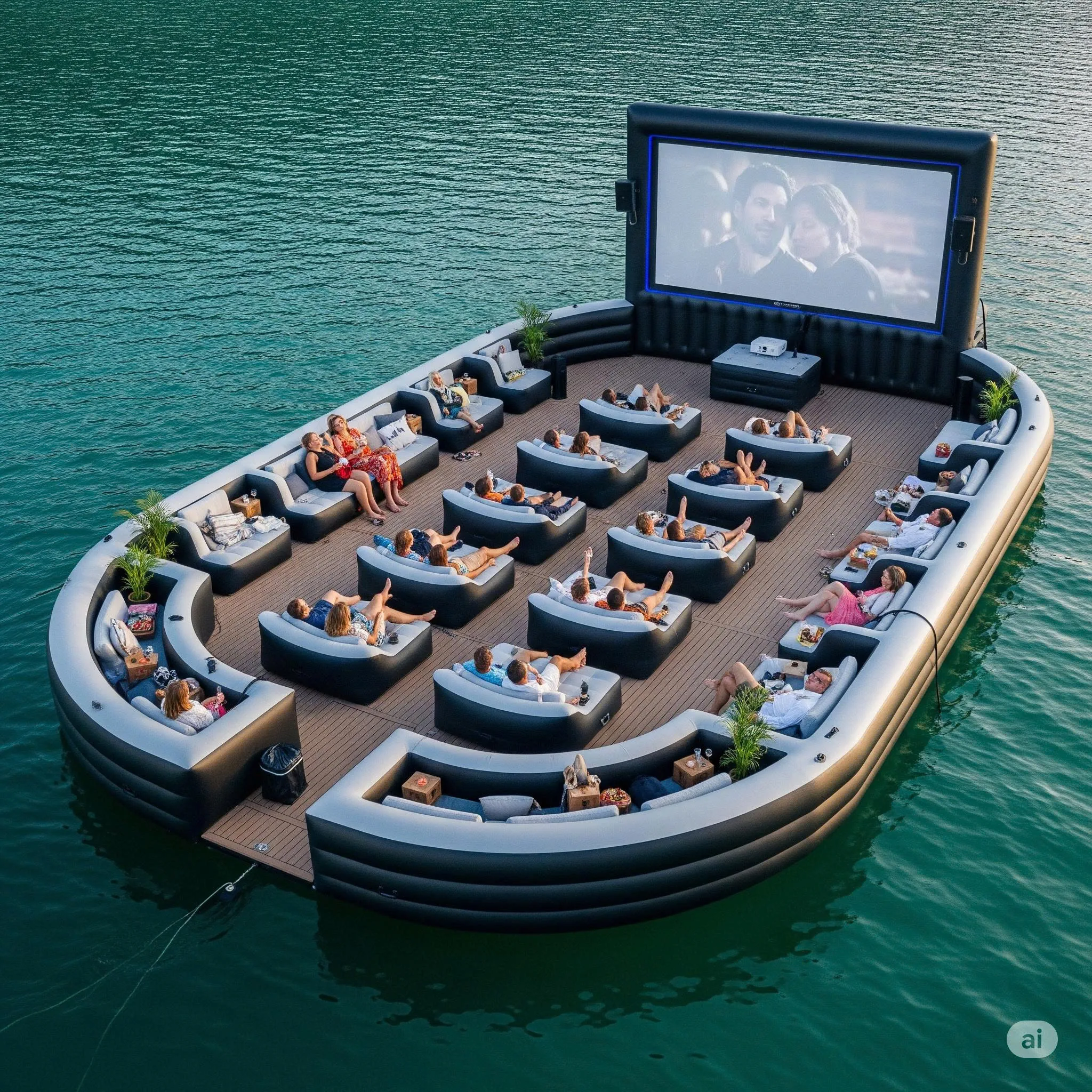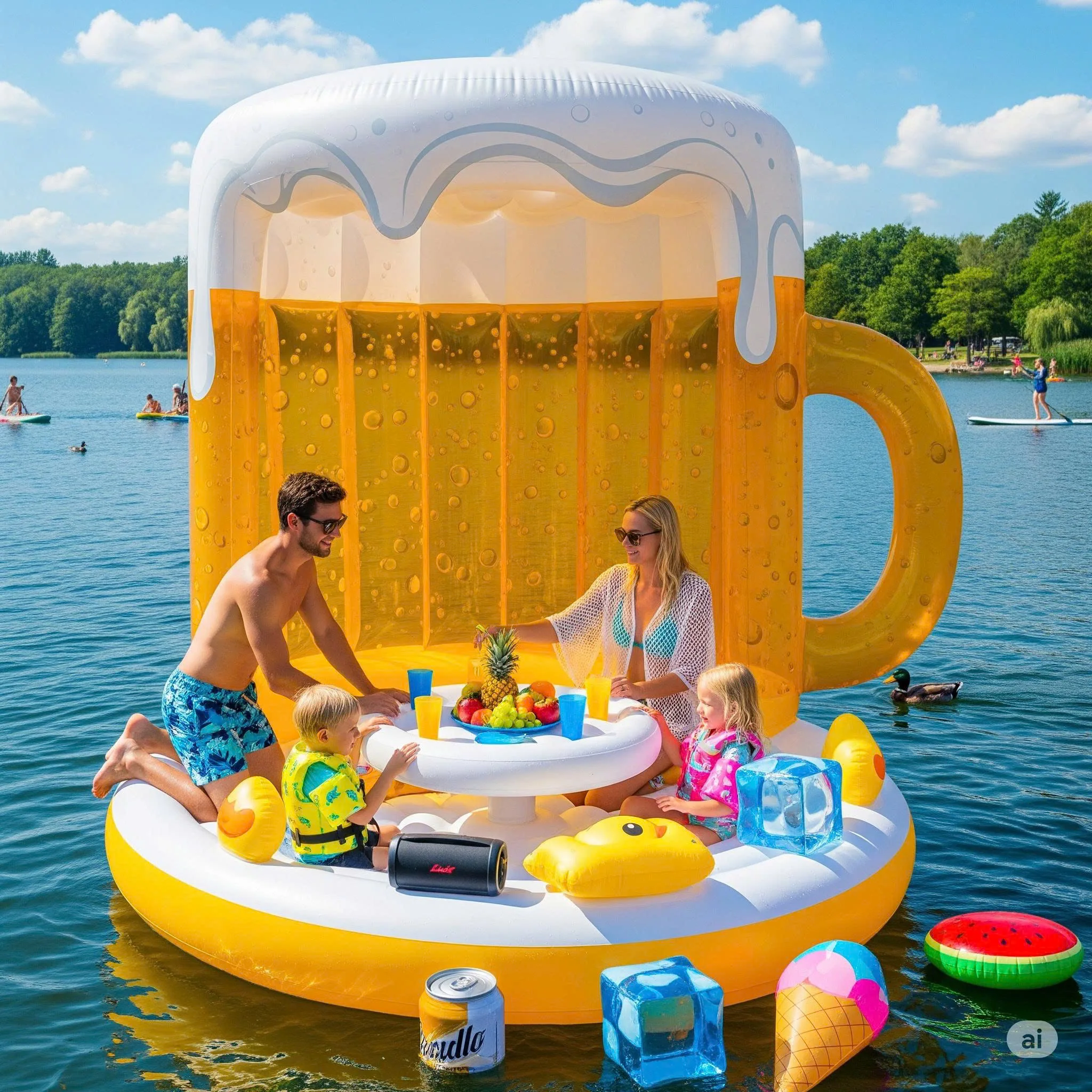Rethinking the Reptile Habitat
In the world of herpetoculture—the care and breeding of reptiles and amphibians—enclosures have always played a critical role. Traditionally, glass tanks or simple plastic bins have dominated the scene. However, a new wave of innovation is changing how enthusiasts and professionals house their cold-blooded companions. Enter the Reptile Pod: a futuristic, functional, and visually stunning evolution in habitat design.
Reptile Pods are self-contained, often modular living spaces tailored for reptiles of all kinds—from geckos and snakes to chameleons and bearded dragons. These next-generation enclosures merge aesthetics, functionality, and sustainability, transforming the concept of terrariums into something more intelligent, immersive, and engaging for both the animal and the observer.
This article will explore the design, benefits, and cultural implications of Reptile Pods—from their origins in high-tech pet care to their role in promoting reptile welfare and their emerging status as home decor conversation pieces.
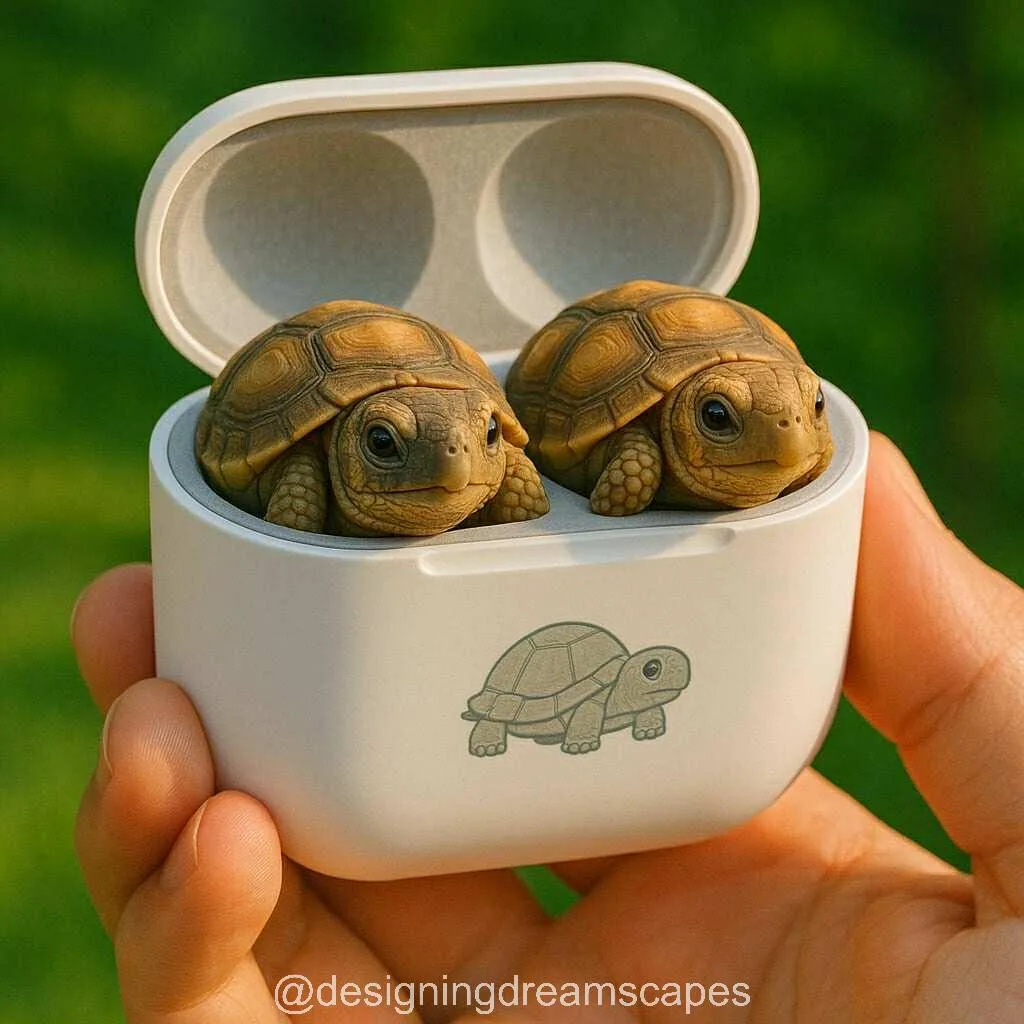
The Evolution of Reptile Housing
From Basic Bins to Bioactive Terrariums
Decades ago, reptile keepers relied on aquariums or plastic tubs with basic substrate and minimal décor. These setups were functional but often failed to meet the biological and behavioral needs of the animals. Over time, awareness grew around the importance of environmental enrichment, leading to the popularity of bioactive terrariums—habitats that replicate natural ecosystems with live plants, microfauna, and natural cycles.
Reptile Pods take this philosophy a step further. While bioactive setups mimic nature, pods reimagine it through cutting-edge design, often incorporating smart technology, modular construction, and sleek modern aesthetics.
The Rise of Designer Pods
The concept of Reptile Pods is inspired in part by trends in architectural minimalism and sustainable design. As reptile ownership becomes more mainstream, pet keepers seek enclosures that are both functional ecosystems and beautiful interior elements. A Reptile Pod can look like a space capsule, a geodesic dome, or a seamless orb—more like a gallery exhibit than a pet tank.
Core Features and Design Innovations
Modular Construction
Most Reptile Pods are designed to be modular. This allows users to:
- Connect multiple pods for multi-species or multi-zone habitats
- Stack or expand them vertically or horizontally
- Replace damaged parts without dismantling the whole enclosure
This flexibility makes pods ideal for growing collections or adapting to the needs of maturing reptiles.
360-Degree Viewing
Unlike traditional front-facing glass tanks, many Reptile Pods are constructed with panoramic visibility in mind. Using UV-safe acrylic or curved glass, these pods provide full visibility from nearly all angles, making the animal the centerpiece of any room.
Climate and Light Control
Modern Reptile Pods often include:
- Integrated UVB and heat lighting systems
- Humidity sensors and misting nozzles
- WiFi-connected thermostats and lighting controls
- Automated day-night cycles
This technology allows reptile keepers to replicate native climates with precision, whether it’s a desert heat cycle or a tropical monsoon simulation.
Sustainable Materials
Eco-conscious manufacturers use recycled plastics, bamboo composites, and low-energy components to reduce the environmental footprint of these habitats. Some even offer solar-powered lighting units and water-recycling misting systems.
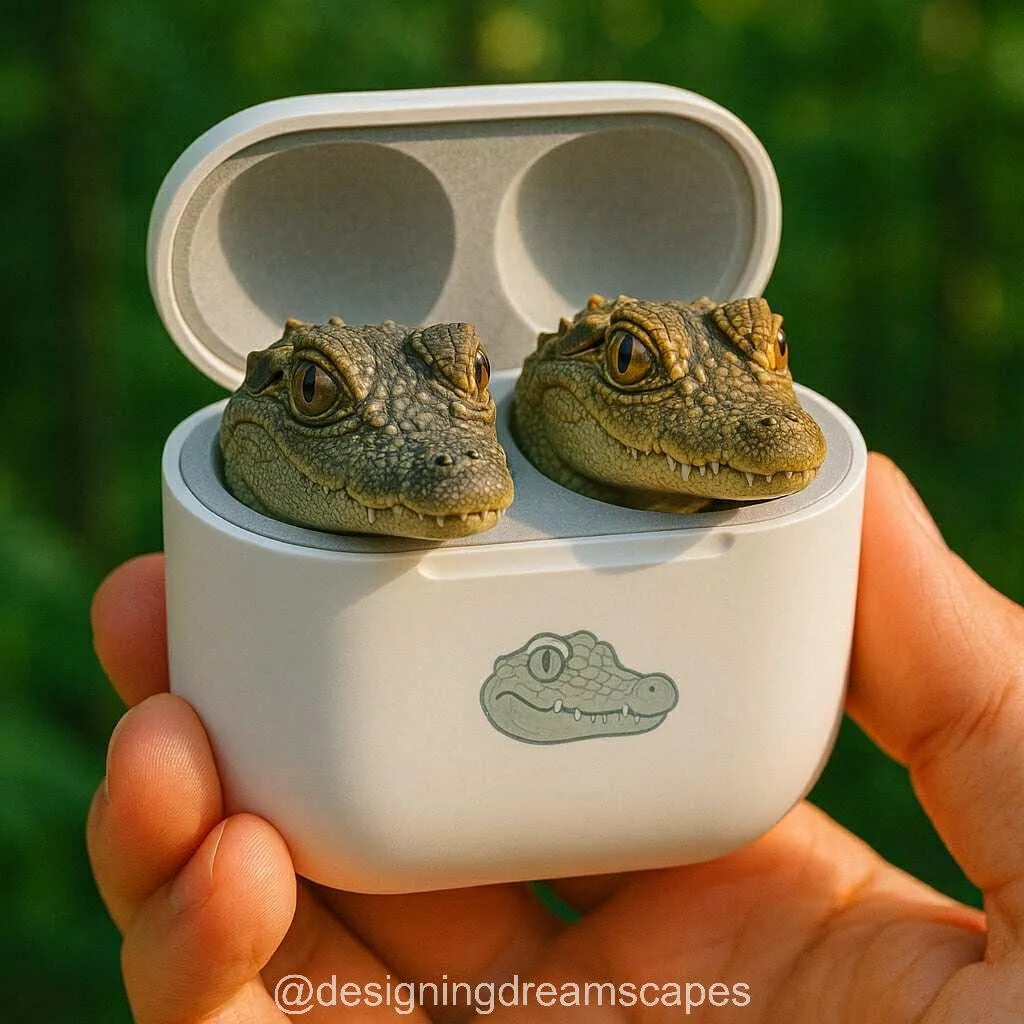
Benefits for Reptiles
Enrichment and Natural Behavior
The pod’s complex structure, often built to replicate the reptile’s native biome, encourages natural behaviors such as burrowing, climbing, basking, and hunting. This leads to:
- Better physical health
- Reduced stress levels
- Increased activity and engagement
Customization Based on Species
Each pod can be tailored to the specific environmental and spatial needs of different species:
- Arboreal pods with vertical height and branches for chameleons
- Desert pods with heated rock plates for bearded dragons
- Rainforest pods with foggers and plant canopies for dart frogs
Improved Hygiene and Health Monitoring
Built-in waste filtration systems and modular cleaning access panels allow for easier sanitation. Some pods even offer health analytics tracking, monitoring temperature zones, humidity levels, and even animal movement using sensors.
Benefits for Owners
Aesthetic Integration
Reptile Pods blur the line between animal care and interior design. Whether installed in a home, office, or boutique setting, they add a futuristic and organic element to any space. Their sculptural presence turns pet keeping into an art form.
Reduced Maintenance
Automated systems handle lighting, misting, and even feeding schedules in some advanced models. With real-time notifications and app-based controls, reptile care becomes less about routine chores and more about interaction and observation.
Education and Engagement
For families, educators, and hobbyists, Reptile Pods serve as living classrooms. Children can learn about ecosystems, biology, and sustainability while observing their animal’s behaviors in real-time. In educational institutions, pods offer a hands-on experience far beyond static textbook learning.
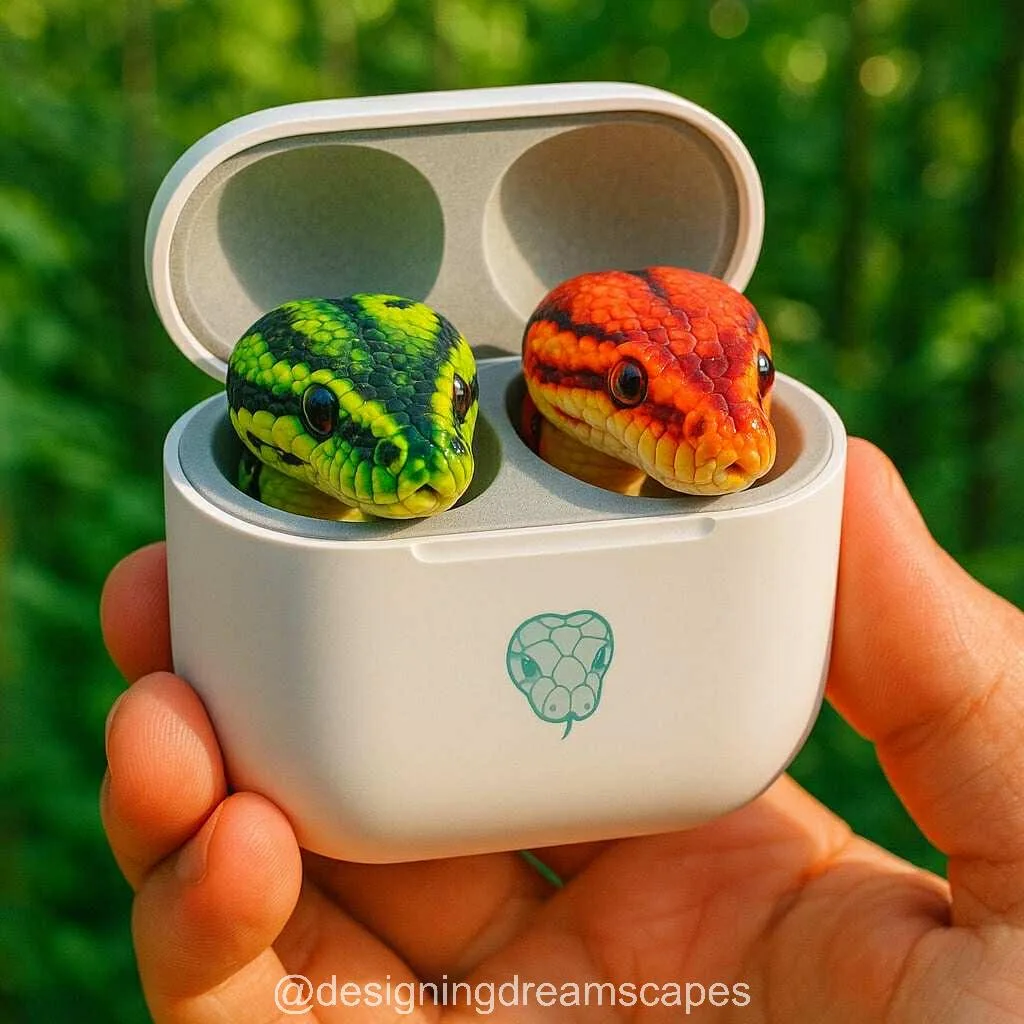
Who Uses Reptile Pods?
Homeowners and Hobbyists
Urban dwellers often lack the space for large enclosures. Reptile Pods offer compact, stylish alternatives that don’t compromise on quality of care. Many are desk-sized, making them ideal for apartments or small homes.
Designers and Decorators
Interior designers are increasingly incorporating Reptile Pods into luxury homes, spas, and even restaurants. These pods function as living sculptures, adding vibrancy and intrigue to modern interiors.
Zoos and Pet Stores
Professional institutions are adopting pods for their durability, easy maintenance, and educational potential. In pet stores, they enhance product presentation while improving animal welfare during display.
YouTubers and Influencers
Reptile owners who share their setups online love Reptile Pods for their photogenic quality. The clean lines, techy features, and animal visibility make pods ideal for social content and tutorials.
Customization Options
Size and Shape
From small circular pods for geckos to sprawling hexagonal modules for snakes, customers can choose from a wide variety of pod sizes and layouts. Custom builders also offer 3D modeling before production.
Interior Landscape Themes
Popular internal design themes include:
- Rainforest canopy
- Arid canyon cliffs
- Mossy cavern terrain
- Coral reef-inspired vivaria
Customers can personalize the biome based on species needs or aesthetic preferences.
Branding and Theming
Some Reptile Pods are designed for businesses or events. Logos, custom LED colors, and even theme park-style scenery can be integrated, transforming pods into marketing and educational tools.
Cultural and Ethical Considerations
Elevating the Status of Reptiles
Historically, reptiles have been misunderstood or treated as “low maintenance” pets. Reptile Pods challenge this perception by emphasizing care, complexity, and beauty. They send a message that reptiles are just as deserving of thoughtful environments as mammals or birds.
Encouraging Ethical Ownership
The price and complexity of Reptile Pods inherently encourage responsible ownership. They’re not impulse buys. Instead, they represent a deeper commitment to animal care and education.
Sustainability and the Future of Pet Design
As climate concerns grow, pet habitats must evolve. Reptile Pods exemplify a low-impact, high-efficiency design philosophy, using smart technology and renewable materials to minimize their footprint while maximizing animal well-being.
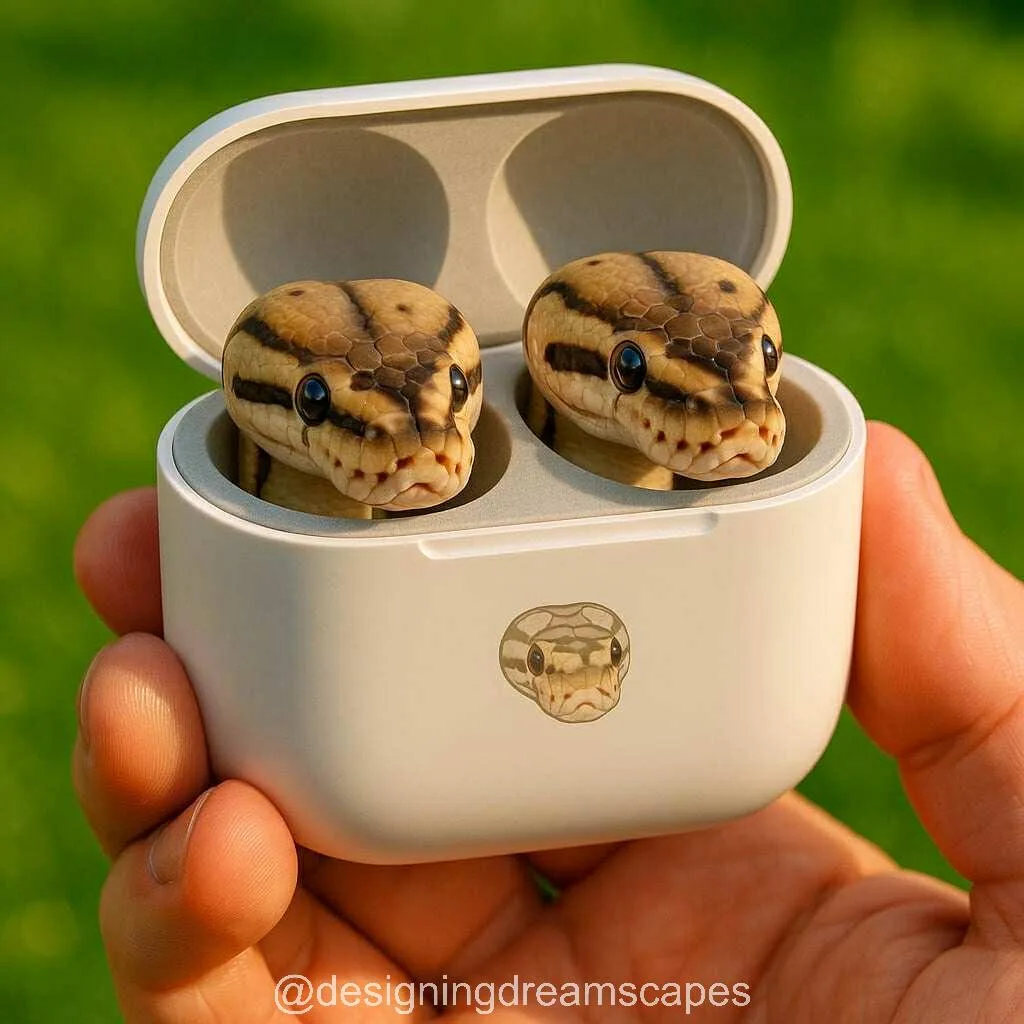
The Pod as a Portal
The Reptile Pod is more than a new kind of terrarium. It is a portal—connecting us to nature, reminding us of our responsibilities as caretakers, and inviting us to rethink the spaces we share with other creatures. In blending science, art, and empathy, these habitats offer a vision of the future where animal welfare, aesthetic design, and ecological consciousness intersect.
For the reptile, the pod offers a home where it can thrive, not merely survive. For the human, it’s a symbol—a daily reminder that beauty, care, and innovation can coexist within the same glass (or acrylic) walls.
Whether you’re an experienced herpetologist, an aspiring keeper, or simply someone looking to bring a bit of living wilderness into your environment, the Reptile Pod is more than just a home—it’s an evolution.

